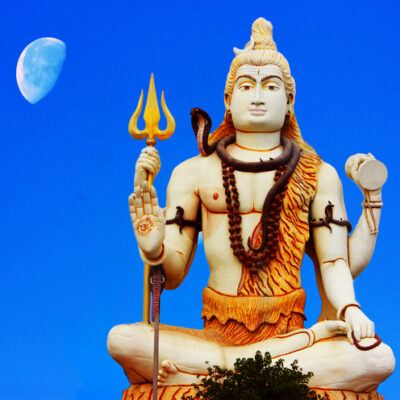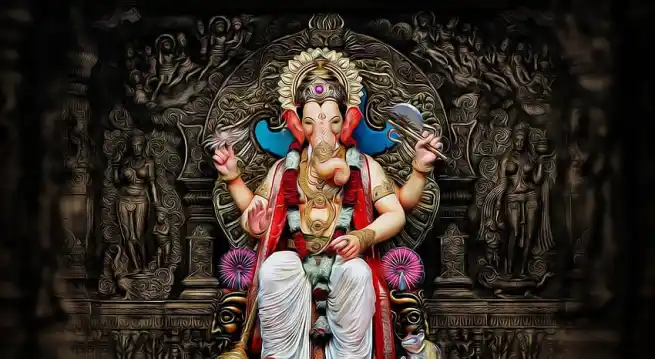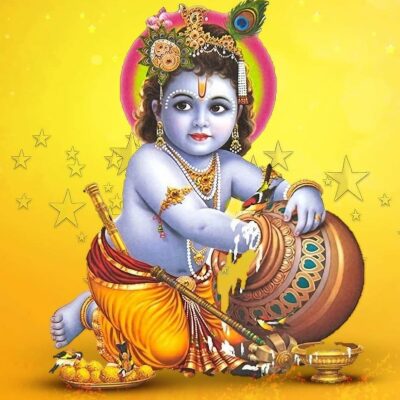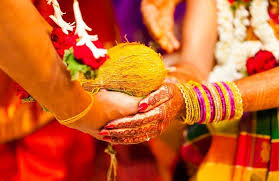Pazhanchirai Devi Temple, Thiruvananthapuram

Address
Pazhanchirai Devi Temple,
Kovalam Road, Ambalanthara,
Thiruvananthapuram District – 695026.
Contact: 94474 00300, 0471 – 246 1037, 245 5204
Amman
Pazhanchirai Devi
Introduction
Pazhanchirai Devi Temple is an ancient temple located in Thiruvananthapuram district, Kerala. It is situated between two places, Ambalathara and Paravankunnu, and is located 3.2 km south of the famous Padmanabhaswamy Temple in Thiruvananthapuram.
The temple is located in a place that was once called Pazhanchirai. In this temple, a statue of Yogiswarar is placed in front of the deity Ambal. The goddess of the temple is known as Arul Surakka Thayanganadar, meaning one who is quick to bestow grace. Devotees who worship Pazhanchirai Devi are believed to be freed from the cycle of rebirth and are said to be relieved from their sufferings in this life.
Puranic Significance
In Neelatrangarai, located in the Ananthan Kadu forest of Kerala, the sage Yogiswarar meditated in devotion to the goddess. The goddess appeared to him and instructed, “You shall consecrate and worship me here,” before disappearing.
The sage then carved an idol of the goddess in the very spot where she appeared and consecrated it facing north. Over time, the forest was cleared and a prison was built, leading to the place being named Pazhanchirai (meaning “old prison”). The goddess worshipped here came to be known as Pazhanchirai Devi.
Devotees who pray sincerely to the goddess find their wishes fulfilled. They offer Sevvarali mala and perform Vedic worship. The idol of Yogiswarar is placed before the goddess. It is believed that applying Thiruneeru after worshipping here removes the Balaarishta Dosha.
The annual festival begins on Masi Mirugasira and lasts for several days. Devotees who observe a 41-day vow sing the devotional song Thorrappattu. The festival celebrates the goddess’ incarnation and grace. It is said that listening to this hymn removes planetary doshas, karma, and obstacles in life.
On the sixth day of the Masi festival, the Attaazha Pooja is performed, where girls are blessed in the form of the goddess. Women also perform Mangalyapuja for a happy married life and the Sumangali blessing. At midnight, the Sri Bhootha Bali ritual takes place, where offerings are made to the spirits.
During the worship, the deity’s ornaments—including the Sillambu (anklet), Trishul (trident), Sword, and Cloth—are worn by the priest. There are also shrines for the Navagraha, Ratha Chamundi, Brahma Rakshasa, Madan, and Thambran within the temple.
In the temple’s inner sanctum, there are 17 elephant statues and six lion statues that bear the weight of the sanctum. The sanctum is adorned with three forms of deities, including Shiva with Ganga. The prakaras feature carvings of the Dasavatara (Ten Incarnations) of Vishnu.
Outside the temple, in the Sarpakavu, there is a shrine to Nagaraja, a six-foot-high statue of the serpent king. Offering abhishekam to him is believed to cure eye and skin diseases, and it is said to remove the Rahu-Ketu dosha.






Century/Period
700 Years Old
Nearest Bus Station
Pazhanchirai
Nearest Railway Station
Thiruvananthapuram
Nearest Airport
Thiruvananthapuram









